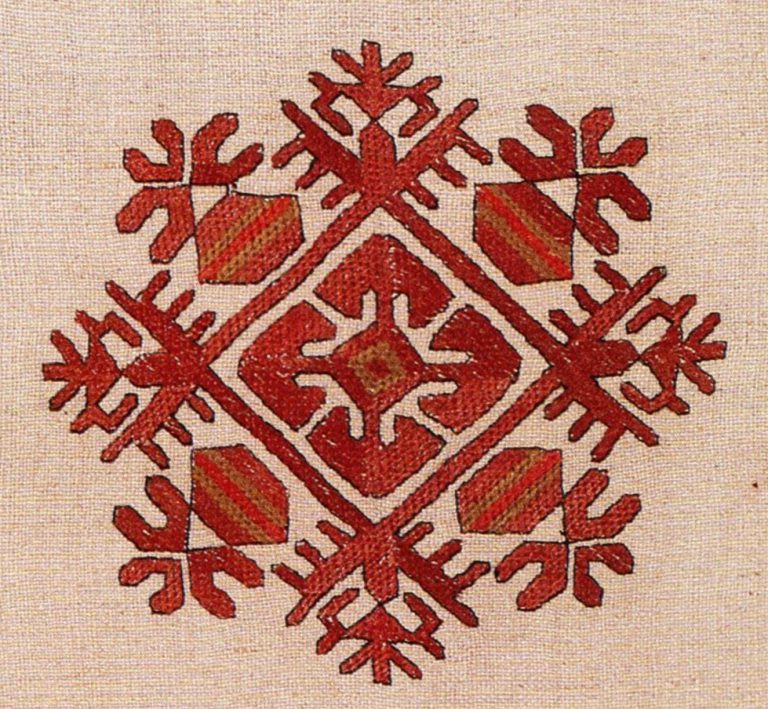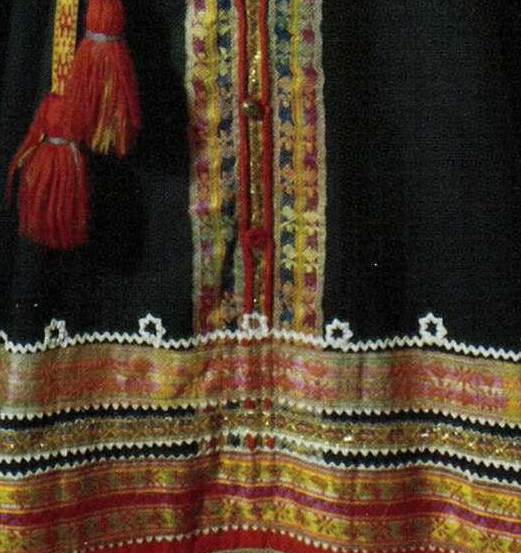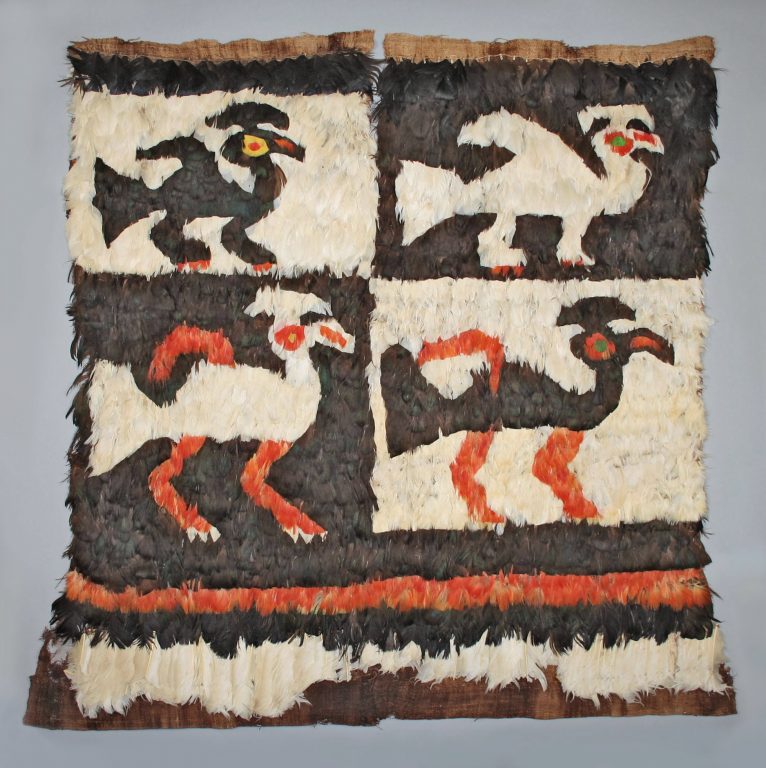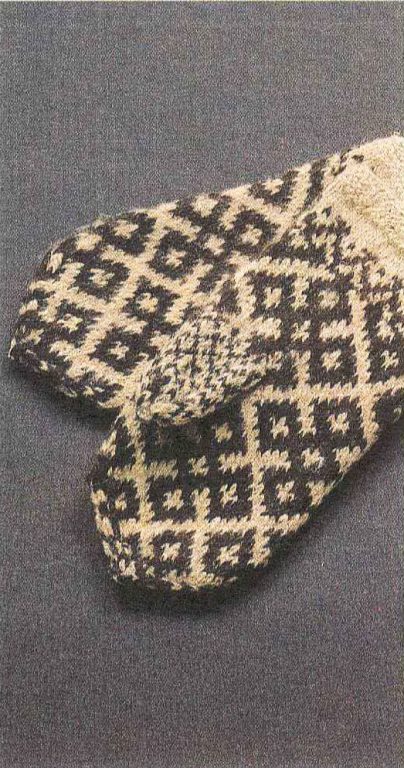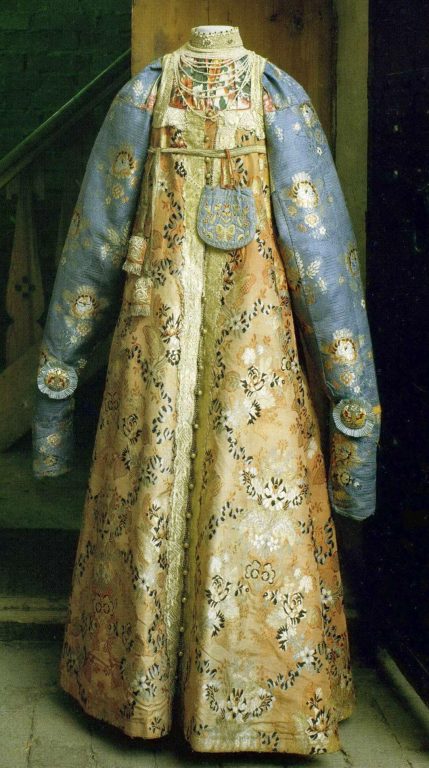

-
Type of sourceDatabase “Metropolitan Museum of Art”
-
Fund that the source refers toMetropolitan Museum of Art
-
By the nineteenth century, American Indian life had changed dramatically from that originally encountered by Europeans some centuries earlier. The growth of the colonies, then the gradual establishment of permanent states in the federal union had, with the ever-increasing numbers of settlers, continually restricted Native activities and Native peoples. Material adaptations to their changed circumstances took various forms, many of which were extremely inventive. The initial inclusion of indigenous materials such as birch bark, porcupine quills, moosehair, and feathers into objects of Euro-American form but Native use would eventually lead to works such as boxes, chair seats, and pincushions that relied on the Native materials for their appeal. Intentionally made for sale and produced to please western tastes, they maintained a necessary degree of “Indianness” in order to validate a Native American form of exoticism. Hybrid in origin, these works succeed artistically because of their exuberant imagination.






